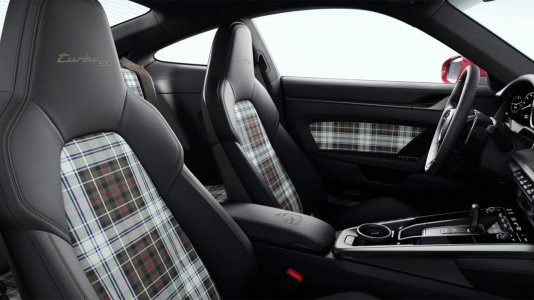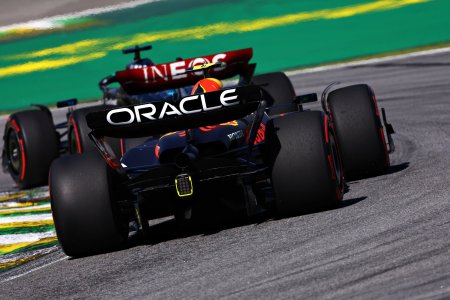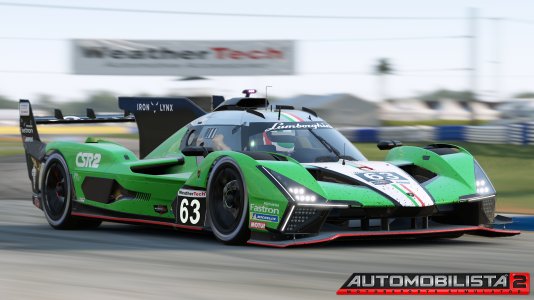Technical overview: NGTC
The BTCC has released details of its ‘Next Generation Touring Car’ (NGTC), to be introduced from 2011. The introduction of these new technical regulations are designed to fulfil the following criteria:
• Dramatically reduce the design, build and running costs of the cars and engines
• Maintain present levels of performance until 2013, to ensure performance parity with current S2000 cars
• Reduce the potential for significant performance disparities between cars
• ‘Future proof’ the regulations by being able to easily modify the various performance parameters
• Reduce reliance on WTCC/S2000 equipment, due to increasing costs/complexity and concerns as to its future sustainability/direction
Brief Specifications:
• Front-wheel-drive
• 2-litre turbocharged production-based 4-cylinder petrol engine, producing approx. 300bhp with a 7,000 rev limit, 0.8 bar of boost and inlet-restrictor.
• 6-speed sequential semi-automatic gearbox
• Increased minimum length of 4.4m
• Standardised width of 1875mm
• 2, 3, 4 or 5 door – providing they share the same basic silhouette and dimensions as the 4/5 door saloon version
• Fully adjustable subframe-mounted front & rear suspension
• Larger wheels/tyres
• Common major components to be utilised; such as ECU, gearbox, brakes, hubs, steering rack, fuel tank and etc.
• Integrated front aerodynamics to incorporate radiators, cooling ducts and partial flat-floor to a given design parameter/dimension. Specified rear wing profile and size. Each car to be wind-tunnel tested to achieve similar aero equality
• Increased driver safety
• Stronger and more robust major components with full at-event parts supply service and support
• Lower C02 emissions output than current
Chassis
Production bodyshell with a standardised roll cage design/specification. Front & rear subframes to incorporate specified suspension/brake components and engine location.
Bespoke TOCA-sourced components for some major items such as gearbox, suspension, brakes, dampers, sub-frames and suchlike – thus taking tens of thousands of pounds out of the costs of designing and developing these for each team.
Teams will have far less of their capital tied up through not having to maintain a large spares inventory – the major component suppliers will maintain a sufficient level of inventory to service the teams.
Car design/development/build costs will be reduced by some 50 per cent from current – with an achievable target price of £100k per car ‘ready to race’, plus engine. (A new S2000 car can cost in excess of £200k).
Engine
The base engine can be sourced from a manufacturer’s broad ‘family’, including subsidiary brands under their effective control, with the bore/stroke allowed to be altered to achieve the 2-litre displacement.
Items such as camshafts, pistons, dry sump, inlet and exhaust system systems will be free (within set parameters). A 'Technical Review Panel' may review any individual applications to redesign some standard engine components, but only for reliability purposes.
A specified turbo, wastegate, intercoolers, injectors and ECU (engine control unit) will be mandated to reduce development costs and opportunities for technical infringements.
Each new engine developed will be tested on a TOCA-nominated engine dynamometer to monitor output levels.
Even though the new engine will produce more power/torque, the engine development and costs will be dramatically reduced by over 50 per cent from current, with new engines costing around £15k each (after initial development costs). An engine should last a full season without requiring a rebuild, in normal use, with a rebuild cost of around £8k at season’s end.
A ‘TOCA’ (i.e. unbranded) NGTC engine will be commissioned and available to those teams who do not wish to undertake their own individual engine development programme. These will be available at a fixed cost per engine of £25k a year (leased with full at-event support service) or £20k to purchase. Engine rebuilds will cost £8k. This TOCA engine may also be available for use in upgrading S2000 cars in the future, to reduce engine costs for those teams and extend the competitive life of their current cars.
Performance Parity
A policy of equivalence in overall performance between the current S2000 and the ‘Next-Gen’ cars will be maintained until 2013, to provide asset protection for the S2000 cars and parity of competition throughout that period.
In simple terms, the two specifications of cars will be equally eligible for outright honours – and be equivalent in overall performance – until 2013.
From 2013, whilst S2000 cars will still be eligible, the ‘Next-Gen’ cars/engines will then be progressively increased in performance and a turbo ‘over-boost’ facility be incorporated to allow a regulated amount of short power boosts during each race.
Stability of the new technical regulations will be maintained for at least five years (i.e. to the end of 2016), when they may be reviewed. However, it is the clear intention that the fundamental aspects of these regulations will continue well beyond those first five years and will not be substantially altered beyond minor updates (if appropriate).
In all likelihood, the older BTC-spec cars will cease to be eligible from 2011 – although this is yet to be confirmed.











